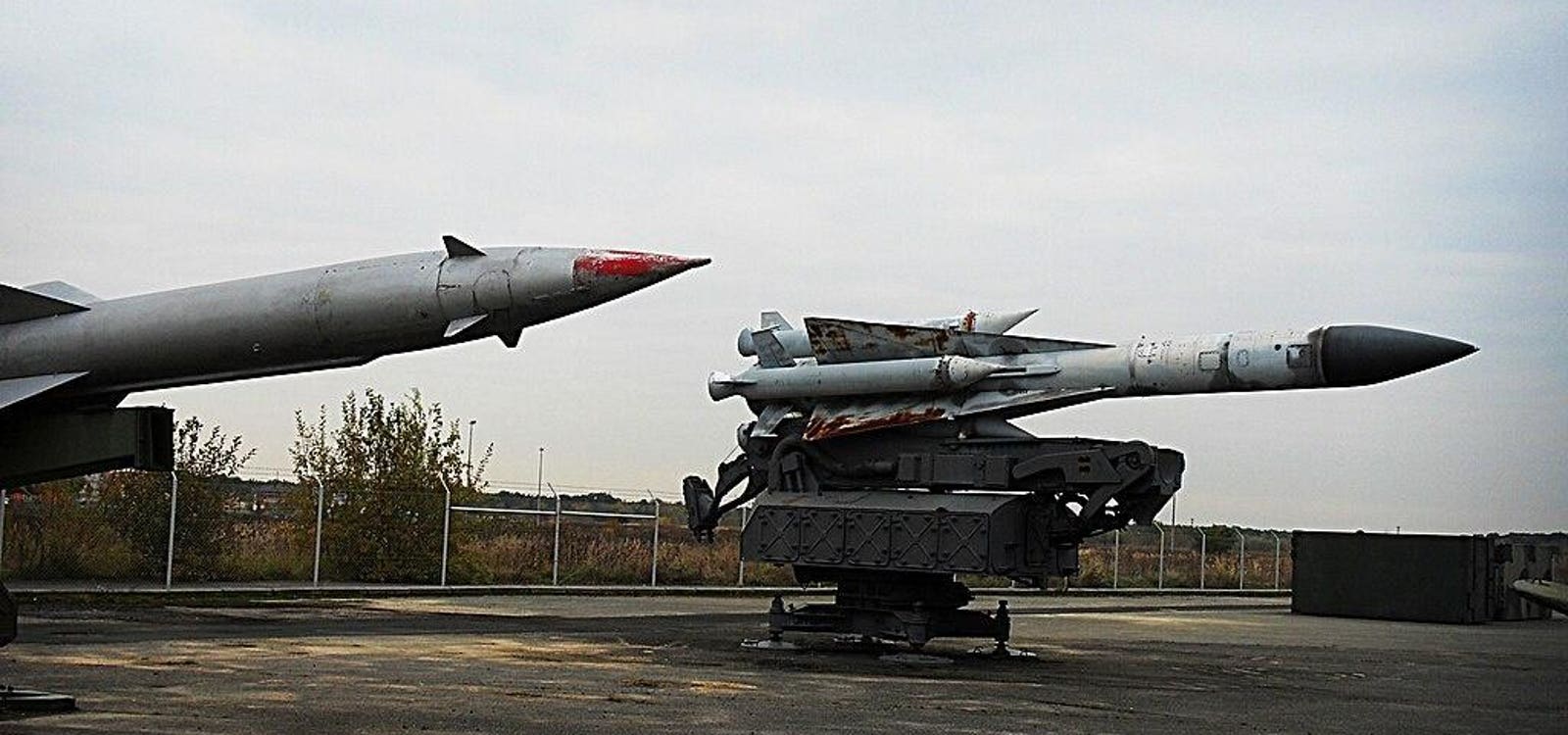

This may actually make the medications more available for those who are not patients of “Done Global, Inc” which was a telehealth company that specializes in ADHD.
But those who are patients of Done Global Inc are going to have a hell of a time finding a different doctor and getting back on their meds.
Major pharmacies like CVS Health and Walmart have stopped filling prescriptions from Done
I couldn’t find the specific regulation they violated, but reading this and from the vague description, my best guess that they may have been playing loose with “establishing a patient relationship” and doing thorough evaluations of patients to ensure they had ADHD (and possibly skipping alternative lower Schedule medications).
Edit: From the DEA announcement
In many cases, Done Global prescribed ADHD medications when they were not medically necessary.







Yeah, quite a few people on this 3 year old reddit post talk about that experience:
https://old.reddit.com/r/ADHD/comments/p86sjw/a_warning_for_people_considering_donefirst_for/
Done (DoneFirst), also charged an initial $200, then $79 a month though more current reviews mention $90 a month.
The comments on that thread are enlightening.